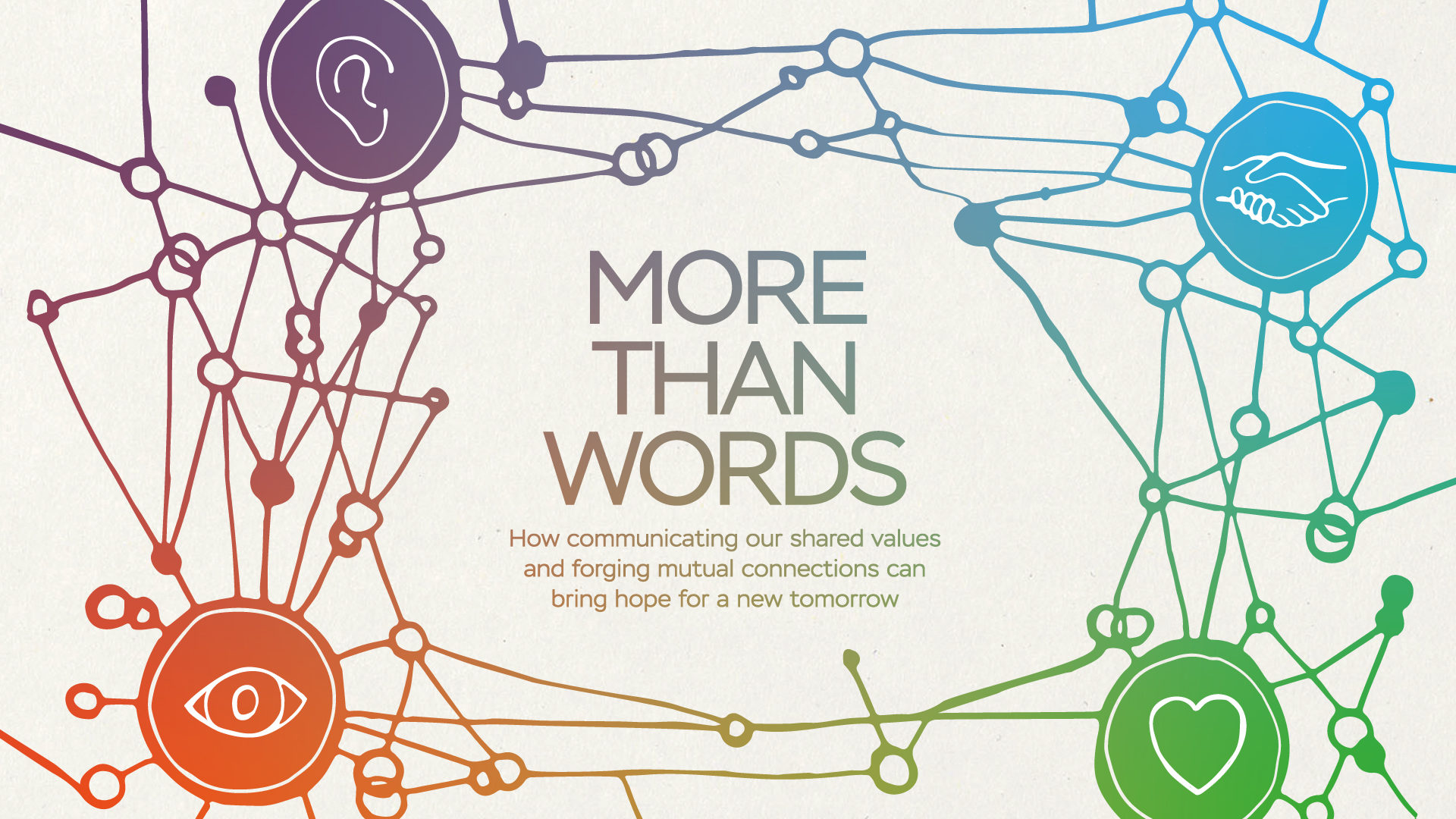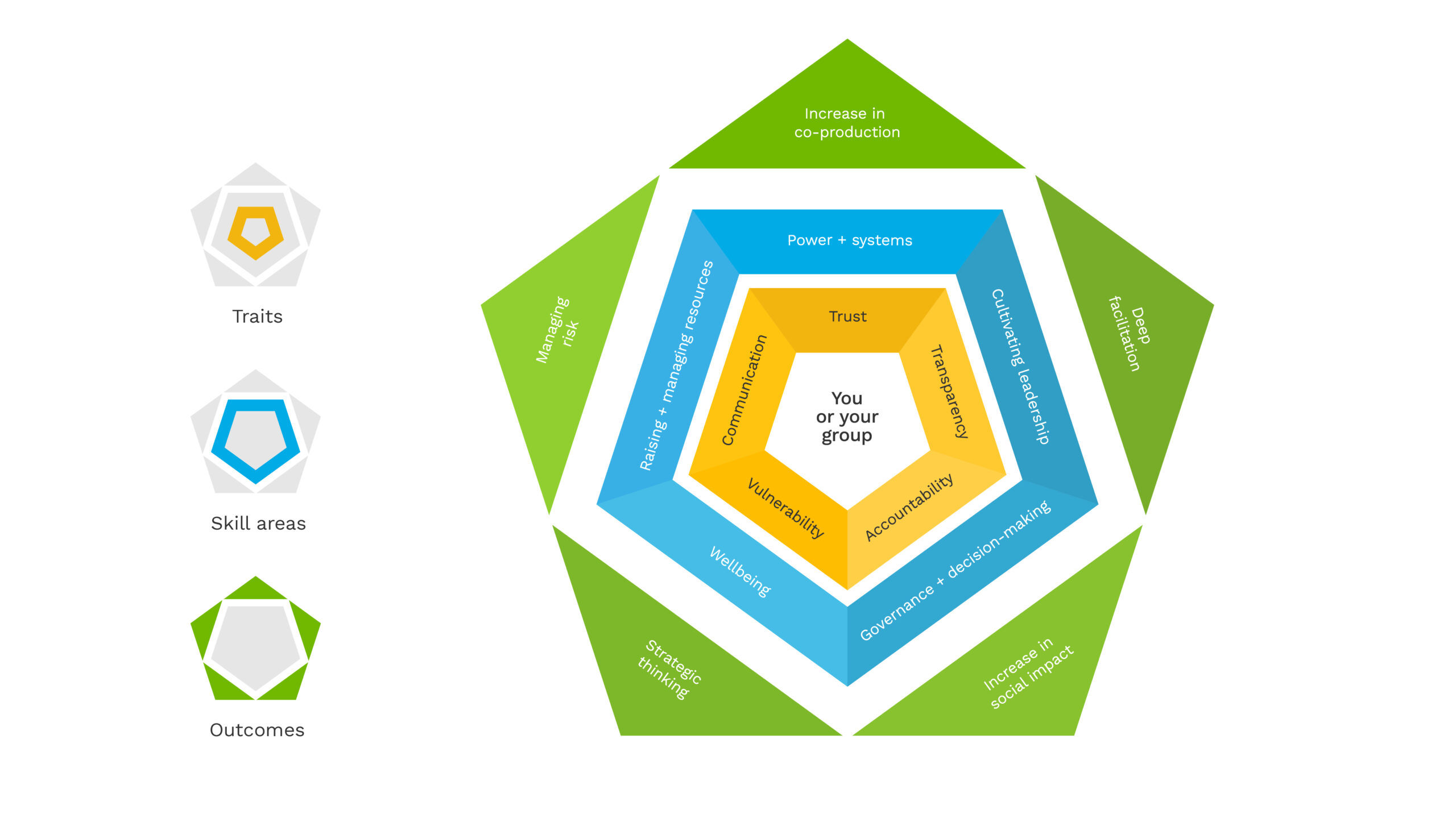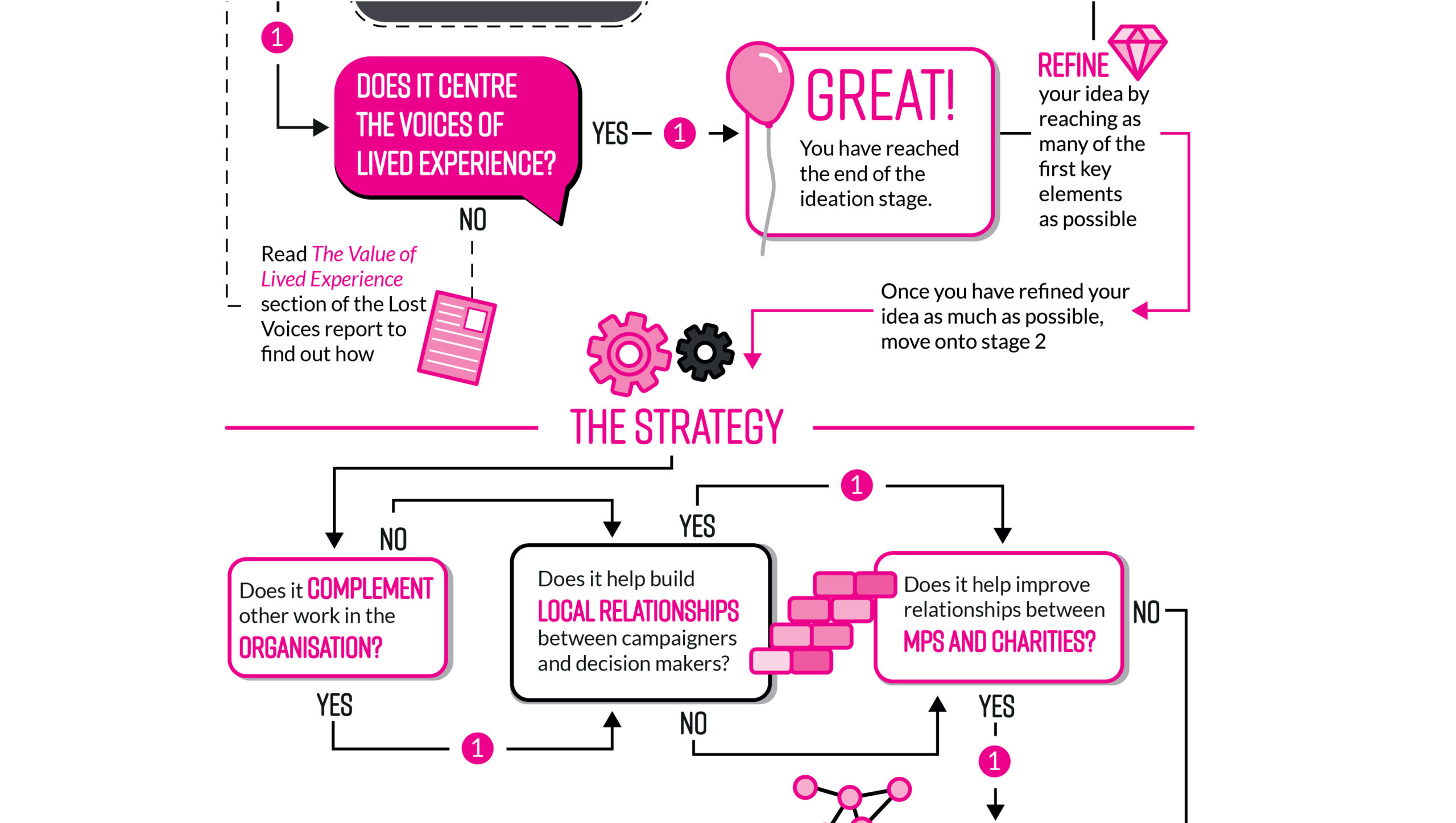The case for thinking more strategically in third sector campaigns

We recently caught up with Alice Sachrajda and Lena Baumgartner, the two authors of “More Than Words: How communicating our shared values and forging mutual connections can bring hope for a new tomorrow“. ‘More than Words’ is a recent investigation commissioned by the Thomas Paine Initiative, making the case for why those working towards social change can and should be using strategic communications as a powerful tool for achieving positive change.
Listen to the full podcast below.
You can also listen to Alice Sachrajda in our recent podcast episode on leveraging pop culture for social change.
More than words: harnessing strategic communications
The main difference between strategic communications and traditional communications is that the former is aimed at achieving a particular objective. As the title suggests, it’s a way of approaching communications with a strategic purpose. “For us, strategic communications is taking a step back and really trying to think about what we want to achieve in a particular area and thinking about how we may get there,” Lena says.
The report draws on various pieces of academics working in the area of moral psychology. Robert Cialdini, author of “Pre-Suasion”, wrote about how people can be persuaded to think something before they even hear the content. He suggests that visuals help shape the way we see or the way we are made to feel. He describes in the book, for example, that if you hold a cup of hot coffee and then you meet somebody, you’re more inclined to feel more warm towards that person because of the warmth of the drink.
“we need to think a little more about how we can appeal to our elephant side”
Johnathan Haidt, author of “The Righteous Mind”, describes how the first principle of moral psychology is that intuition comes first and strategic reasoning comes second. Haidt speaks metaphorically about each person being like a rider on top of an elephant. The rider is the rational side of your personality that you can steer, and the elephant is the emotional side of you that gets drawn towards things. Alice says, “I think in the social sector, we often tend to lead with that strategic reasoning, [in a] very rational way, we appeal to the rider and actually, we need to think a little more about how we can appeal to our elephant side and that creative pull towards things that appeal to our values”.
“That was why we called the report “More Than Words” because it’s not just the words that we use but it’s actually the way that we situate them, the visuals and the content that sit alongside that’s really important” she adds.
The state of communications in the third sector
In a heavily saturated sector that is always competing for funds, the third sector often uses a megaphone approach to communications. By shouting their messages at their target audience, the sector miss opportunities to communicate more effectively. Lena says, “It’s about shouting louder and seeing who can shout the loudest. A lot of it has to do with the dynamics in the charity sector and us all needing to compete for funds.”
This form of communication serves a short-term purpose and feels competitive within the industry. Alice says, “This comes from a well-meaning place but it doesn’t work in terms of resonating with people, and it can be quite off-putting”.
“We want people to think about communication as something you give to other people that is making them think”
Gifting communications
In their report, Lena and Alice encourage the third sector to embrace the approach of gifting as a form of strategic communications. They say the industry should think about communications as a gift. “We want people to think about communication as something you give to other people that is making them think, perhaps making them laugh at something that resonates with them, perhaps it evokes a feeling and it’s that sort of [communications] that leaves something with them”, Lena says.
Advertising agencies and big brands already tend to gift their communications. Many people are happy to receive their output because it’s often positive, creative and well produced. Alice and Lena say that the sector could learn a lot from looking at adverts like the John Lewis that appeal to particular values. The third sector at the moment does aim at certain values, but these are values with more negative connotations, such as pity or shame. Lena says, “It’s about trying to see whether we can flip that and think about some of the positive values that underpin our work and that connect a lot of the people that we’re aiming to reach”.
The role of shared values
In a time where we are quick to put people into boxes, a recent Danish TV 2 advert wanted to show people how much more they have in common. In the experiment, people are put into groups defined by society and step into sections that have been outlined on the floor. They are asked a series of questions like, “Who in this room was the class clown?” and “Who here is a step parent?”. From these questions, people step out of their defined sections and join people from other groups. It is a heartwarming reminder that we have more common ground with people who we perceive to be different to us.
We all are drawn to values that resonate with our own beliefs
The key takeaway from the advert was how powerful communication can be when we tap into shared human emotions and values. The third sector can take these lessons on to promote a more effective, and evocative, way of communicating their messages. “Everybody can understand what home feels like, what love means to them, kindness. The majority of people hold and understand those kinds of values. And I think the social sector can often be wary of leading with those sorts of values because they feel like the issue is what’s really important, and the issue is important, but actually, the values that underpin that can often appeal to move a wider and popular audience so it’s really important to be thinking about those,” Alice says.
Traditionally, campaigners in the third sector have tended to lead with issues and facts. The report isn’t suggesting that they do not use research based evidence to highlight the cause, but rather change the way in which they present the information to their audiences. We all are drawn to values that resonate with our own beliefs. When campaigning, the sector should appeal to the values that people share and can relate to.
Best practice from the third sector
There are examples from within the third sector where they’ve taken on board the concept of gifting communications and set a really good example for the rest of the sector. CALM, Campaign Against Living Miserably, is a small charity doing interesting work around preventing male suicide and working against toxic masculinity. They base their work and communications around shared values such as family, friendship and kindness. Lena says, “They’ve done this work, ‘Be the mate you’d want’, appealing to male friendship to really ask each other how you’re doing and have this conversation and open up”.
How can we change the way that the third sector communicates?
In the report, Lena and Alice identify a few areas that are holding the sector back, such as lacking backbone support or investment, and also competing with fundraising messages versus a longer-term change messaging. They suggest that there needs to be buy-in from all levels of the organisation and a commitment to a shared-values based approach to communications. Lena says, “It needs to be a matter of the leadership getting it, so it needs to be the chief executive or the board that are valuing and seeing [communications] as a tool for change and therefore, should give it the right training and capacity and support to elevate it to that”.
“it needs to be done really authentically and that means perhaps changing some of the practices internally as well as externally”
It’s not just external communications that needs to change. Change needs to happen internally as well as externally. Alice says, “We can gift our communications all the time with everyone we work with. It’s not just about projecting outwards to the people who are listening, it’s about a way of being and behaving and that form of gifting can be really powerful, but it needs to be done really authentically and that means perhaps changing some of the practices internally as well as externally”.
Interested in finding out more about strategic communications? We’ve compiled a list of our favourite books and guides which cover every key campaign communications stage, from planning to implementation.
Want support with your campaign communications?



